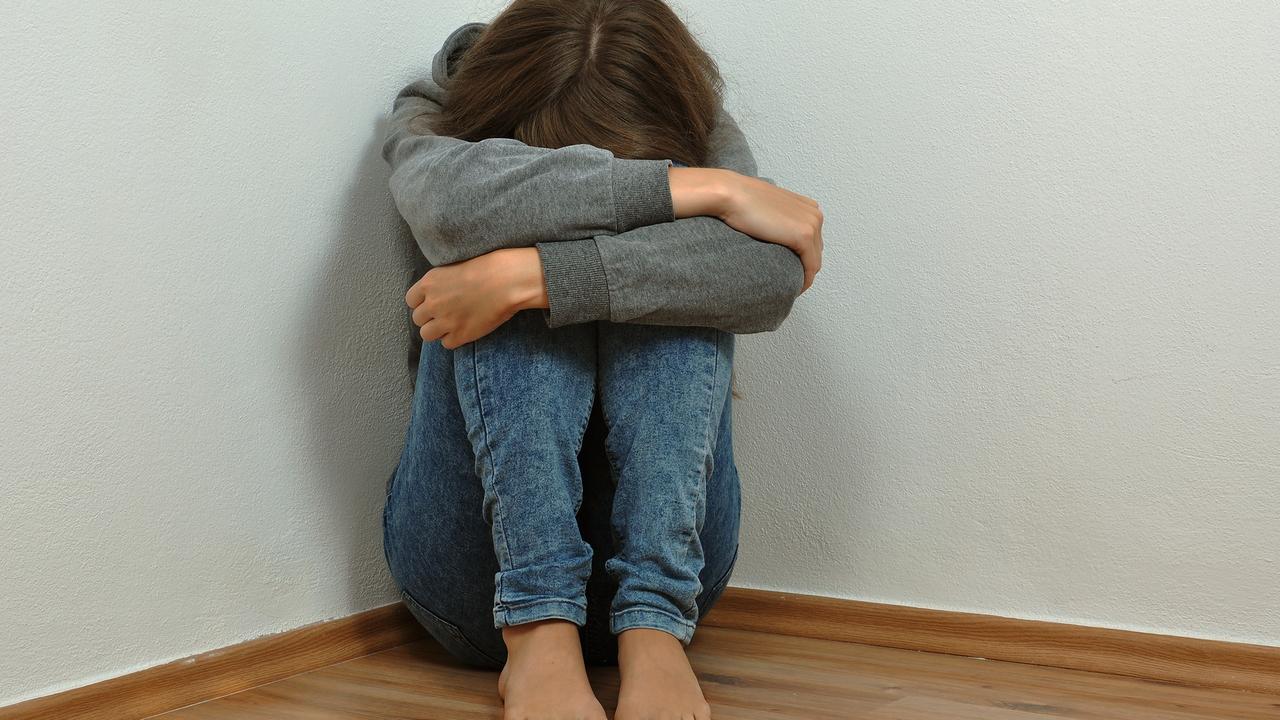How predators target Australian children online and how parents can protect them
The eSafety Commission has revealed new data that shows how children are being sexually abused online and how parents can protect their kids.

Exclusive: One in eight complaints of child sexual abuse material to the Australian online safety watchdog involved a predator directing the child to perform explicit acts via a webcam or smart phone.
Exclusive data reveals material on a quarter of the 1330 URLs analysed by the eSafety Commission’s investigators was produced in the family home, with parents totally oblivious to the grooming happening in another room.
In one horrifying video, a child is heard being asked to remove their clothes by an online pedophile, as parents are calling them to dinner.
The eSafety Commission analysed the 1330 complaints received in the last financial year to better understand where and how children were being abused online.
It found that 12 per cent of the material was ‘self-generated’.

And a quarter of all analysed material had been produced in areas of a family home; 16 per cent in a bedroom, five per cent in a living room and four per cent in a bathroom.
eSafety Commissioner Julie Inman Grant said perpetrators were sliding into children’s DMs on online games and social media to groom them and trick them into perform sexually explicit acts via in-built cameras on smart devices.
“Even in the safety and sanctity of your home, online predators can infiltrate your child’s world through smart devices, masquerading as children of a similar age or as an overly sympathetic adult,” Ms Inman Grant said.
“Our investigators have seen content where a child is being ordered to remove their clothes and perform acts via a webcam as their parents call them for dinner in the next room.”
Ms Inman Grant said the amount of content produced in the home environment was likely to be much higher, as much of the environment is deliberately cropped out or obscured.

The trend of self-generated child sexual abuse material is being replicated globally, with predators using a combination of fear, flattery and gifts to control, coerce and manipulate the child.
“Online predators brainwash the child into thinking the adults in their life will punish them, blame them or not believe them,” Ms Inman Grant said.
“The child is made to feel terrified and utterly alone.
“This profound sense of isolation and fear is not only debilitating in the short-term for the child but can have significant, long-term mental health impacts.”
The Australian data reveals that the material overwhelmingly featured girls (88 per cent) and children of a pre-pubescent age (86 per cent), corresponding to trends reported globally.
LISTEN TO THE PREDATORY PODCAST BELOW
The 1300 URLs were a subset of more than 15,000 CSAM URLs investigated by eSafety last financial year, with 87 per cent being images and eight per cent videos.
“The analysis is a powerful and sobering reminder of the crucial role parents and carers play in children’s online safety,” Ms Inman Grant said.
While she encouraged parents to set rules for online use and be involved in what their kids online activity, she called for industry to do more to protect children.
“Industry can and must do more to prevent their platforms, services and devices from being weaponised by criminals targeting children,” Ms Inman Grant said.
“We need them to halt the creation and spread of this horrific material by embedding Safety by Design,” she said.
To report illegal content anonymously, visit eSafety.gov.au/report.
WHAT TO LOOK OUT FOR:
*Your child is avoiding their phone or other devices.
*They become vague or secretive about what they’re doing online.
*They want to use their phone in private areas, such as bedroom or bathroom.
*They become quieter or more withdrawn.
*They have unexplained access to money, expensive purchases, or gaming credit.
eSafety Commission
Originally published as How predators target Australian children online and how parents can protect them





